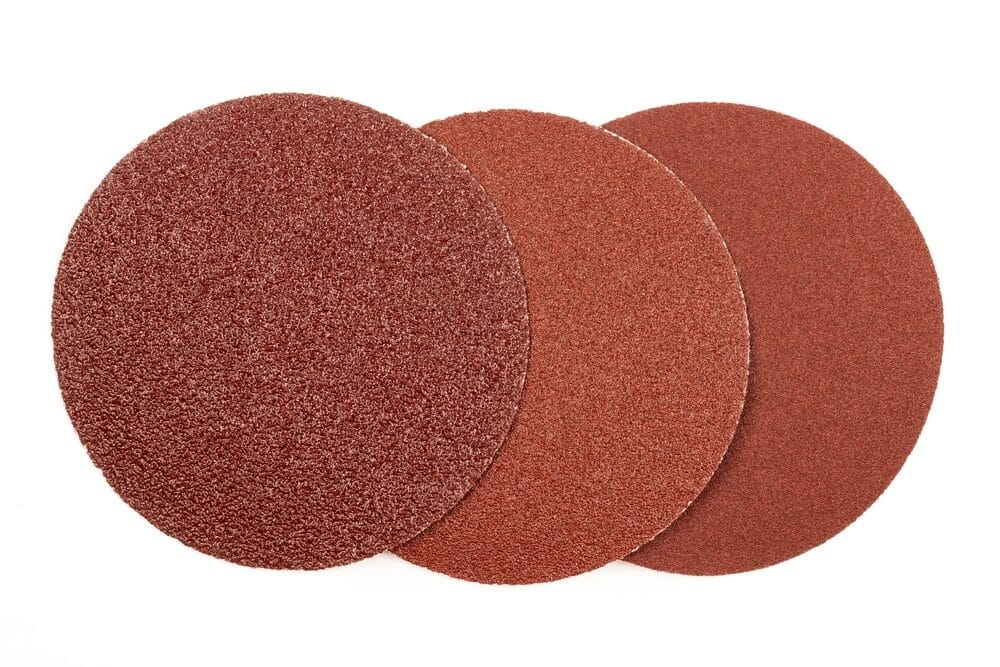
Polishing stone surfaces requires careful planning, with grit size playing a pivotal role in achieving the desired finish. Selecting the correct grit size can determine whether the result is a flawless shine or an uneven surface. This guide explores how to choose the appropriate grit size for your stone polishing needs.
Understanding Grit Sizes
Grit size refers to the abrasiveness of polishing tools, with numbers indicating the coarseness or fineness. Lower numbers (e.g., 50 to 100) represent coarse grits, ideal for heavy material removal or levelling uneven surfaces. Higher numbers (e.g., 400 to 3000) are finer grits used for smoothing and achieving a polished finish.
For those involved in stone restoration Sydney projects, understanding these differences is crucial. The choice depends on the type of stone, its current condition, and the desired level of polish.
Matching Grit Sizes to Your Stone Type
Different stones have unique properties that affect grit selection:
- Marble: Often soft, it requires starting with a moderate grit (e.g., 200) to avoid unnecessary scratches. Progression to finer grits like 800 or higher helps achieve a glossy finish.
- Granite: Harder than marble, granite benefits from beginning with a coarse grit (e.g., 50 or 100) to smooth out imperfections, followed by finer grits to bring out its natural shine.
- Limestone and Sandstone: Softer stones demand extra care, with finer grits (starting around 400) used for maintenance and restoration to preserve their delicate surfaces.
When carrying out stone restoration, selecting the correct sequence of grit sizes ensures both efficiency and minimal wear on the stone.
The Polishing Process
Stone polishing generally involves moving through progressively finer grits. A typical process might include:
- Initial Levelling: Using coarse grit to remove deep scratches or level uneven surfaces.
- Smoothing: Medium grits (e.g., 200 to 400) refine the surface, preparing it for polishing.
- Polishing: High grits (800 to 3000) bring out the natural shine of the stone.
For projects requiring Sydney stone polishing, patience and attention to detail are key. Skipping grits or rushing through the process can result in subpar finishes.
Professional Help and Tools
For large or intricate projects, engaging professional stone restoration services Sydney can save time and ensure a high-quality result. Experienced teams use advanced tools and techniques tailored to the stone type and condition.
When working on natural stone polishing Sydney, professionals often use specialised equipment, ensuring consistent results across surfaces. For DIY enthusiasts, investing in quality polishing pads and tools is essential to replicate professional-grade finishes.
Final Considerations
Polishing stone is a balance of science and artistry. By understanding grit sizes and their applications, you can achieve the perfect finish for your stone surfaces. Whether you’re maintaining marble countertops or restoring heritage flooring, the right grit size is the cornerstone of success.
If you’re based locally, exploring stone polishing Sydney services can simplify complex projects. Proper grit selection and a methodical approach ensure your stone surfaces look their best for years to come.
